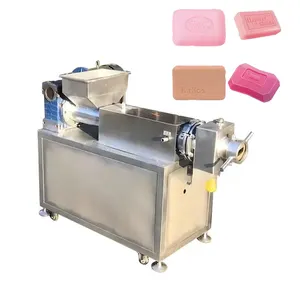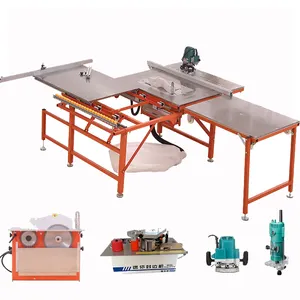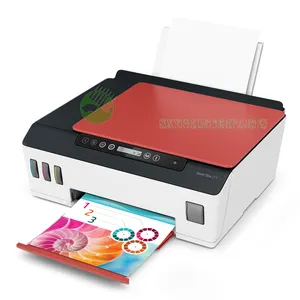Phổ biến trong ngành của bạn

Máy Cắt Laser Acctek Sợi 1000W 1500W 2000W AKJ1530F
5.580,00 US$ - 5.730,00 US$
Đơn hàng tối thiểu: 1 Bộ
Vận chuyển mỗi chiếc: 719.900,00 US$


Cnc sợi Laser thép cắt kim loại cắt laser/Nhôm cắt laser giá máy 2000W/3000W/4000W/6000W
10.000,00 US$ - 15.000,00 US$
Đơn hàng tối thiểu: 1 Bộ

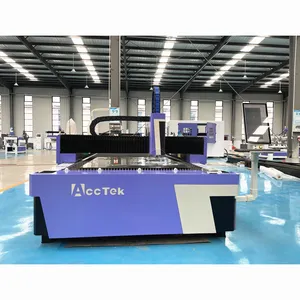
Cnc 1000 Wát 3000 Wát sợi máy cắt laser 3015 Laser máy cắt kim loại cho thép kim loại
8.500,00 US$ - 12.700,00 US$
Đơn hàng tối thiểu: 1 Bộ
Vận chuyển mỗi chiếc: 719.900,00 US$


4060 6090 50w60w80w100w CNC Máy khắc Laser CO2 Laser Cutter kính cầm tay máy khắc Acrylic Máy cắt
475,00 US$
Đơn hàng tối thiểu: 1 Bộ


Cnc sợi máy cắt laser thép không gỉ sắt kim loại máy cắt 1000W 2000W 300W
6.800,00 US$ - 7.200,00 US$
Đơn hàng tối thiểu: 1 Bộ

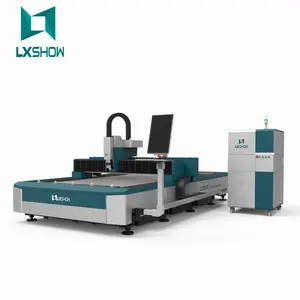
LX3015F 1kw 2000Watt 3000 Wát Sợi Máy Cắt Laser Ấn Độ Giá Kim Loại Tấm Máy Cắt Để Bán
10.000,00 US$ - 15.000,00 US$
Đơn hàng tối thiểu: 1 Bộ
Vận chuyển mỗi chiếc: 100,00 US$


Máy Cắt Laser Acrylic Mini 40W 50W 60W 80W Và Máy Khắc Laser 4060 6040 Giá Máy Cắt Laser
Sẵn sàng vận chuyển
420,00 US$ - 1.080,00 US$
Đơn hàng tối thiểu: 1 Bộ
Vận chuyển mỗi chiếc: 444,36 US$

TSD 400Watt CO2 Bảng Khuôn Cắt Laser Giá Máy Cắt
25.000,00 US$ - 30.000,00 US$
Đơn hàng tối thiểu: 1 Bộ

Trung Quốc Nhà Cung Cấp CAMEL CNC 1KW 3d Tấm Sắt Thép Không Gỉ Nhôm Kim Loại Sợi Laser Máy Cắt Giá
20.000,00 US$ - 45.000,00 US$
Đơn hàng tối thiểu: 1 Bộ

1618 1610 1625 Tự Động Cho Ăn Vải Dệt Vải Máy Cắt Laser Giá
Sẵn sàng vận chuyển
6.500,00 US$ - 6.900,00 US$
Đơn hàng tối thiểu: 2 Đơn vị
Vận chuyển mỗi chiếc: 0,00 US$

Chi Phí Hiệu Quả Tiền Làm Cho Kim Loại Thép Không Gỉ Sợi Laser Máy Cắt Giá Ấn Độ
19.000,00 US$ - 40.000,00 US$
Đơn hàng tối thiểu: 1 Bộ
Các danh mục hàng đầu
Giới thiệu về máy cắt laser ấn độ giá
Alibaba.com giới thiệu một loạt các. máy cắt laser ấn độ giá hiệu quả, mạnh mẽ và được nâng cấp để thực hiện các mục đích in màu và không màu khác nhau. Những cái này. máy cắt laser ấn độ giá được thực hiện bằng các công nghệ hiện đại để in hoặc đánh dấu bằng laser tốt nhất và độ chính xác cao hơn. Dẫn đầu. Các nhà cung cấp và nhà bán buôn của máy cắt laser ấn độ giá trên trang web cung cấp các sản phẩm này với mức giá phải chăng nhất và các ưu đãi lớn.
Cải tiến và nâng cấp. máy cắt laser ấn độ giá có sẵn trên trang web được làm bằng vật liệu chắc chắn như kim loại, bền và tồn tại trong thời gian dài, bất kể chúng được xử lý theo cách nào. Các sản phẩm này thân thiện với môi trường và không đi kèm với chi phí bảo trì cao. Các. máy cắt laser ấn độ giá được cung cấp ở đây hợp thời trang và được trang bị các tính năng công nghệ mới nhất để có hiệu suất tối ưu. Thương mại. máy cắt laser ấn độ giá cũng dễ vận hành và đi kèm với các thông số kỹ thuật khác nhau như khu vực đánh dấu, công suất và nhiều thông số khác.
Alibaba.com cung cấp vô số khác biệt. máy cắt laser ấn độ giá có sẵn với nhiều kích thước, hình dạng, màu sắc, tính năng, thiết kế và các khía cạnh bên ngoài hoặc bên trong khác tùy thuộc vào yêu cầu của bạn. Nếu bạn đang muốn mua. máy cắt laser ấn độ giá có thể hoạt động trên mọi loại bề mặt, đặc biệt là thép không gỉ và kim loại, thì bạn có thể thử các sản phẩm này. Chúng đi kèm với máy khắc laser, in laser sợi quang, Điện kế Sino và các phương pháp làm mát bằng không khí để cung cấp các dịch vụ nhất quán, chính xác. Những cái này. máy cắt laser ấn độ giá là những tia laser tự động cải tiến phần mềm mới nhất để có hiệu suất hiệu quả nhất và không gặp trục trặc.
Duyệt qua đa dạng. máy cắt laser ấn độ giá tùy chọn tại Alibaba.com để mua chúng trong phạm vi ngân sách của bạn và duy trì các yêu cầu của bạn. Những mặt hàng này được chứng nhận và đi kèm với bước sóng laser tối ưu. Bạn cũng có thể sử dụng các biến thể tùy chỉnh khi đặt hàng với số lượng lớn.
Cải tiến và nâng cấp. máy cắt laser ấn độ giá có sẵn trên trang web được làm bằng vật liệu chắc chắn như kim loại, bền và tồn tại trong thời gian dài, bất kể chúng được xử lý theo cách nào. Các sản phẩm này thân thiện với môi trường và không đi kèm với chi phí bảo trì cao. Các. máy cắt laser ấn độ giá được cung cấp ở đây hợp thời trang và được trang bị các tính năng công nghệ mới nhất để có hiệu suất tối ưu. Thương mại. máy cắt laser ấn độ giá cũng dễ vận hành và đi kèm với các thông số kỹ thuật khác nhau như khu vực đánh dấu, công suất và nhiều thông số khác.
Alibaba.com cung cấp vô số khác biệt. máy cắt laser ấn độ giá có sẵn với nhiều kích thước, hình dạng, màu sắc, tính năng, thiết kế và các khía cạnh bên ngoài hoặc bên trong khác tùy thuộc vào yêu cầu của bạn. Nếu bạn đang muốn mua. máy cắt laser ấn độ giá có thể hoạt động trên mọi loại bề mặt, đặc biệt là thép không gỉ và kim loại, thì bạn có thể thử các sản phẩm này. Chúng đi kèm với máy khắc laser, in laser sợi quang, Điện kế Sino và các phương pháp làm mát bằng không khí để cung cấp các dịch vụ nhất quán, chính xác. Những cái này. máy cắt laser ấn độ giá là những tia laser tự động cải tiến phần mềm mới nhất để có hiệu suất hiệu quả nhất và không gặp trục trặc.
Duyệt qua đa dạng. máy cắt laser ấn độ giá tùy chọn tại Alibaba.com để mua chúng trong phạm vi ngân sách của bạn và duy trì các yêu cầu của bạn. Những mặt hàng này được chứng nhận và đi kèm với bước sóng laser tối ưu. Bạn cũng có thể sử dụng các biến thể tùy chỉnh khi đặt hàng với số lượng lớn.
